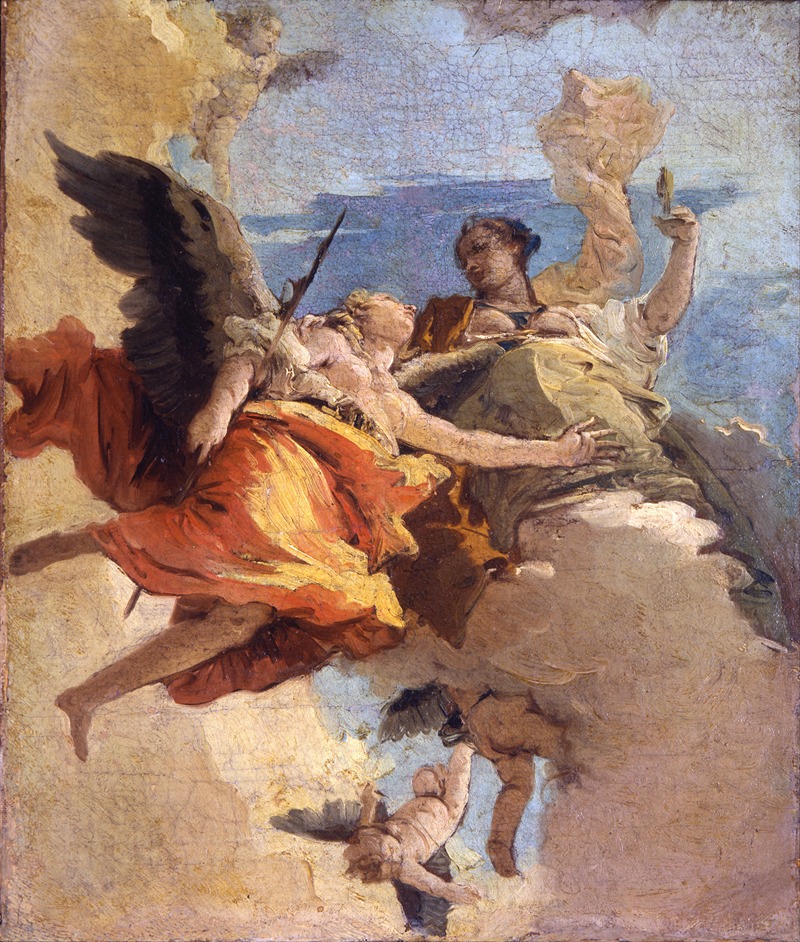
Allegory of Virtue and Nobility
A hand-painted replica of Giovanni Battista Tiepolo’s masterpiece Allegory of Virtue and Nobility, meticulously crafted by professional artists to capture the true essence of the original. Each piece is created with museum-quality canvas and rare mineral pigments, carefully painted by experienced artists with delicate brushstrokes and rich, layered colors to perfectly recreate the texture of the original artwork. Unlike machine-printed reproductions, this hand-painted version brings the painting to life, infused with the artist’s emotions and skill in every stroke. Whether for personal collection or home decoration, it instantly elevates the artistic atmosphere of any space.
Giovanni Battista Tiepolo's "Allegory of Virtue and Nobility" is a notable work by the renowned 18th-century Italian painter, celebrated for his vibrant use of color and dynamic compositions. Tiepolo, a leading figure of the Venetian school, was known for his grand historical and religious paintings, as well as his skill in creating allegorical works that conveyed complex themes through vivid imagery.
"Allegory of Virtue and Nobility" exemplifies Tiepolo's mastery in the allegorical genre, where he often depicted abstract concepts such as virtues, vices, and other moral qualities through personification. In this painting, Tiepolo uses a combination of figures, symbols, and settings to convey the themes of virtue and nobility, which were highly esteemed qualities in the social and cultural context of 18th-century Europe.
The painting is characterized by its dynamic composition and the use of light and shadow to create a sense of movement and drama. Tiepolo's skillful use of color enhances the allegorical narrative, with vibrant hues drawing attention to key figures and elements within the scene. The figures in the painting are typically depicted with graceful, flowing gestures, a hallmark of Tiepolo's style, which adds to the overall sense of elegance and sophistication.
In "Allegory of Virtue and Nobility," Tiepolo likely employs a range of symbolic elements to represent the concepts of virtue and nobility. While specific details about the painting's composition and iconography may vary, allegorical works of this nature often include classical motifs such as laurel wreaths, armor, or mythological figures, which were commonly used to symbolize moral and ethical ideals during the period.
Tiepolo's work was highly sought after by patrons across Europe, and his ability to convey complex allegorical themes in a visually compelling manner made him a favorite among the aristocracy and religious institutions. His paintings were often commissioned to adorn the ceilings and walls of palaces, churches, and other grand spaces, where they served both decorative and didactic purposes.
"Allegory of Virtue and Nobility" reflects Tiepolo's deep understanding of the allegorical tradition and his ability to adapt it to the tastes and expectations of his patrons. Through his work, Tiepolo contributed to the rich tapestry of 18th-century art, leaving a legacy that continues to be studied and admired for its artistic and historical significance.
While specific details about the provenance and current location of "Allegory of Virtue and Nobility" may not be widely documented, Tiepolo's oeuvre remains an important subject of study for art historians and enthusiasts alike. His paintings, including this allegorical work, offer insight into the cultural and artistic milieu of his time, as well as the enduring appeal of allegory as a means of exploring human values and ideals.





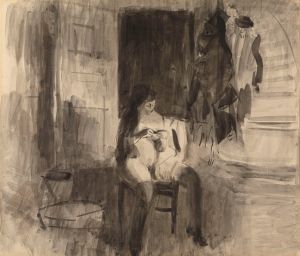
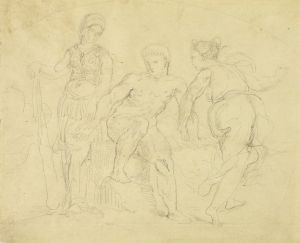

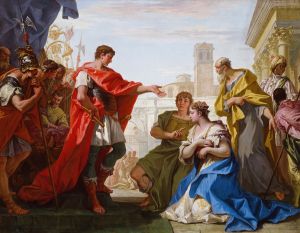

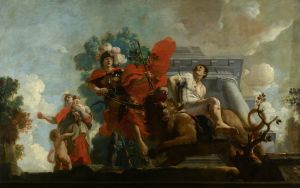
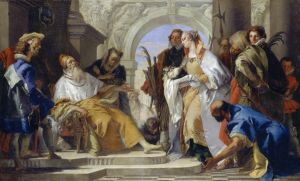
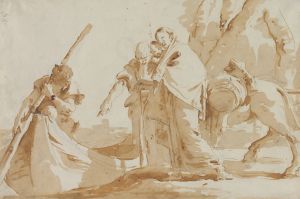
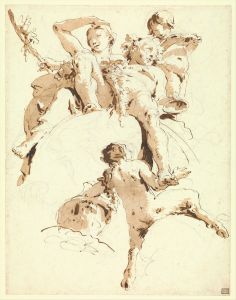
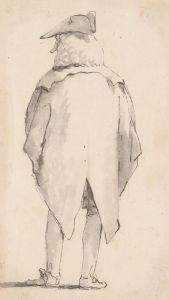
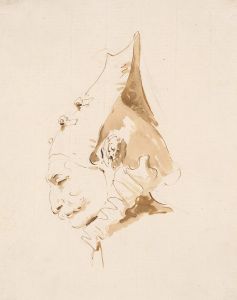

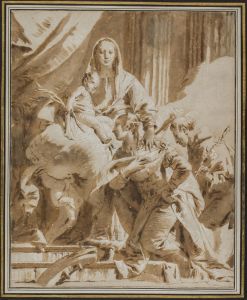
![The Claws of a Cat and the Dress of a Devotee-Similar to Vice Is Often Clothed in Virtue’s Habit [General Folly]](/imgs/264662/s/francisco-de-goya-the-claws-of-a-cat-and-the-dress-of-a-devoteesimilar-to-vice-is-often-clothed-in-virtues-habit-general-folly-3d0e1eb5.jpg)